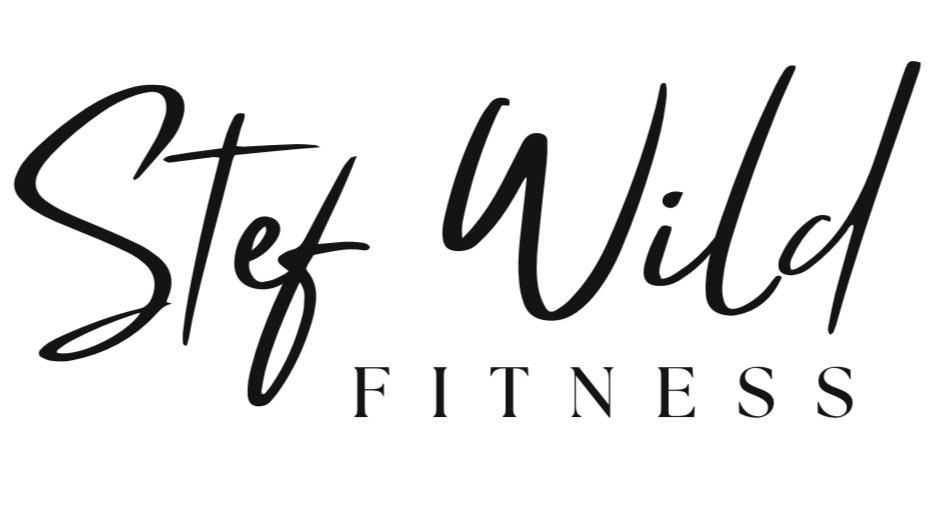The Importance of Compound Lifts for Women’s Fitness
When we talk about optimizing women's health and fitness, it’s essential to discuss the significance of compound lifts. These multi-joint movements, such as deadlifts, squats, and lunges, provide more "bang for your buck" compared to isolation exercises. This is because compound movements engage multiple muscle groups at once, building total body strength and saving time during your workout.
What Are Compound Lifts?
Compound lifts are exercises that require more than one joint and muscle group to perform. Examples include deadlifts, squats, lunges, and bench presses. These exercises work your entire body, focusing on strength, stability, and endurance. Unlike isolation movements that target specific areas like the wrist or ankle—often seen in Pilates—compound movements are all about full-body engagement.
This distinction is important because while isolation exercises have their place, especially in rehab or prehab (injury prevention), compound movements are key for building strength, burning more calories, and boosting your metabolism. The more muscle mass you build, the more calories you burn at rest—yes, that means more ice cream without the weight gain!
Why Women Should Lift Heavy
Many women shy away from heavy lifting, but there’s a misconception that it’s not for them. That couldn't be further from the truth! For example, I’ve been working with a client who is now deadlifting 90kg, and it's only the beginning. This kind of training might shock some people who aren’t used to seeing women lift, but lifting heavy weights is standard, effective, and empowering.
Women, just like men, benefit from heavy lifting. Building muscle not only increases strength but also supports better bone density, improved metabolism, and total body health.
The Deadlift: A Staple Compound Lift
One of the most effective compound exercises is the deadlift. There are two common types:
Conventional Deadlift – A full-body movement that starts with feet slightly wider than hip distance, gripping a barbell or kettlebell while keeping it close to your shins. You’ll sink low, draw your shoulders back, and engage your lats to pull the weight up in a straight line. On the way down, it’s a hinge at the hips and a bend in the knees, ensuring your bum gets as low as possible for proper form.
Romanian Deadlift (RDL) – While the conventional deadlift targets total body strength, the RDL focuses more on the hamstrings and glutes. It involves a shorter range of motion, isolating the top portion of your hamstrings and glutes. When working with kettlebells, we often teach the RDL online as it’s a simpler movement to manage with home weights.
Breathing Techniques for Lifting
Proper breathing is crucial when lifting, especially for heavy compound movements. A general rule is to exhale during the hardest part of the movement and inhale during the easier phase. For advanced lifters, incorporating intra-abdominal pressure can help protect against injury and allow you to lift heavier. This involves inhaling and holding your breath during the lift, then exhaling at the top.
Variations: Dumbbells vs. Barbells
When performing exercises like tricep extensions (or skull crushers), many find that using dumbbells feels more challenging than a barbell, even when the weight is the same. This is because a barbell provides more stability and compensates for any strength imbalances between the left and right sides of the body. For balanced training, mixing barbell and dumbbell exercises can be incredibly beneficial, allowing for both strength gains and improved technique.
The Value of Lunges
Lunges are another fantastic compound movement that can target different muscles depending on the variation. Backward-stepping lunges, for example, target the glutes more than the quads. A simple adjustment like keeping your front knee over your ankle instead of allowing it to move forward over your toes can shift the focus from your quads to your glutes.
Embrace New Challenges
Whether it’s learning proper breathing techniques for lifting, embracing the back arch for bench presses, or mastering compound movements, the journey to strength is filled with small, incremental improvements. The key is to welcome these challenges, knowing they are all part of your growth in fitness.
Next time you’re at the gym, don’t be afraid to lift heavy and focus on compound movements. If you’re training from home with kettlebells or dumbbells, apply these principles and watch your strength soar. Keep practicing, stay patient, and embrace the process!
If you're interested in learning more about personalized fitness programs or need help incorporating compound lifts into your routine, feel free to reach out for a custom workout plan tailored to your goals. Let's get lifting!

